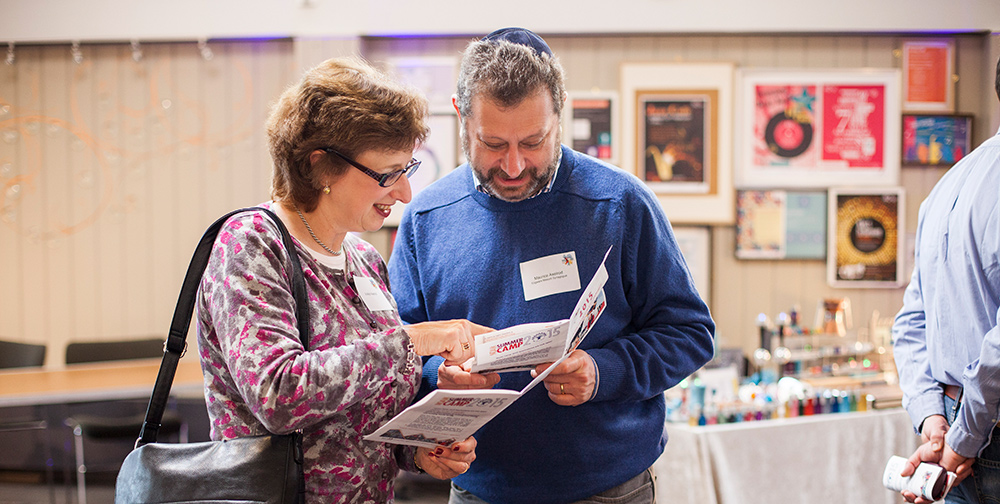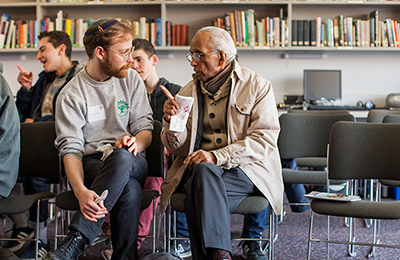Shoftim

This is a parashah concerned with the governance of a new society, its clarion call as strong today as ever: “Justice, justice you shall pursue!” For the most serious infractions, death is the punishment. And yet this parashah contains the seeds for the abolition of the death penalty within Judaism, for it says at 17:6: “A person shall be put to death only on the testimony of two or three witnesses.”
The Talmud details, in gruelling detail, four types of execution permissible under Jewish law. However, the right to carry out capital punishment was removed from the Jews, by the Roman authorities, before the Temple fell in 70 CE. So in fact all the Talmud’s descriptions are theoretical. This is similar to the situation with sacrifices, for the Talmud minutely details how to make sacrifices in the Temple, many years after the destruction of the Temple has made such sacrifices impossible. But there is also an important difference in the Talmud’s approach to capital punishment and Temple sacrifice, for while the rabbis of the Talmud pray for the Temple to be rebuilt, and for sacrifice to return, they never expressed the slightest wish to see the return of capital punishment.
The rabbis elaborated on the Torah’s command that a person should only die on the testimony of two or three witnesses. They decreed that not only must two witnesses testify that they saw the deed, but also that they had warned the perpetrator beforehand that if he committed the crime he would be executed; furthermore, he had to accept this warning and state that he was still going to commit the crime. The rabbis also ruled that the criminal’s own confession of guilt was not acceptable as evidence, and neither was any circumstantial evidence. So the rabbis hedged the death penalty with so many clauses that to have a trial which [MBG1] could end in death became extremely hard.
Moreover, the death penalty, the rabbis ruled, could only be imposed by a Sanhedrin, a rabbinical court, of 23 judges. A famous Mishnah, commenting upon the Sanhedrin, shows the rabbis’ distaste for the death penalty. It reads as follows: “A Sanhedrin that puts a man to death once in seven years is called destructive. Rabbi Eliezer ben Azariah says: even once in 70 years. Rabbi Akiva and Rabbi Tarfon say: had we been in the Sanhedrin none would ever have been put to death.”
These statements of Rabbi Akiva and Rabbi Tarfon capture what has been the mainstream Jewish attitude towards the death penalty for nearly 2000 years. When Israel was established it inherited old British laws allowing capital punishment. During the first murder trial in the new State the two Orthodox chief rabbis cabled the Minister of Justice and warned him that using the death penalty would be a sin against Jewish law.
The ability to acknowledge the primacy of the Torah, and yet to limit its decrees of death, is one of the great balancing acts and one of the great triumphs of rabbinic Judaism. Every Yom Kippur we Jews acknowledge that God knows who is to live and who is to die in the coming year. We acknowledge that only God can know this. The mystery of death remains in God’s hands and not ours.
Rabbi Roderick Young is a free-lance rabbi and writer in the UK and Italy.




